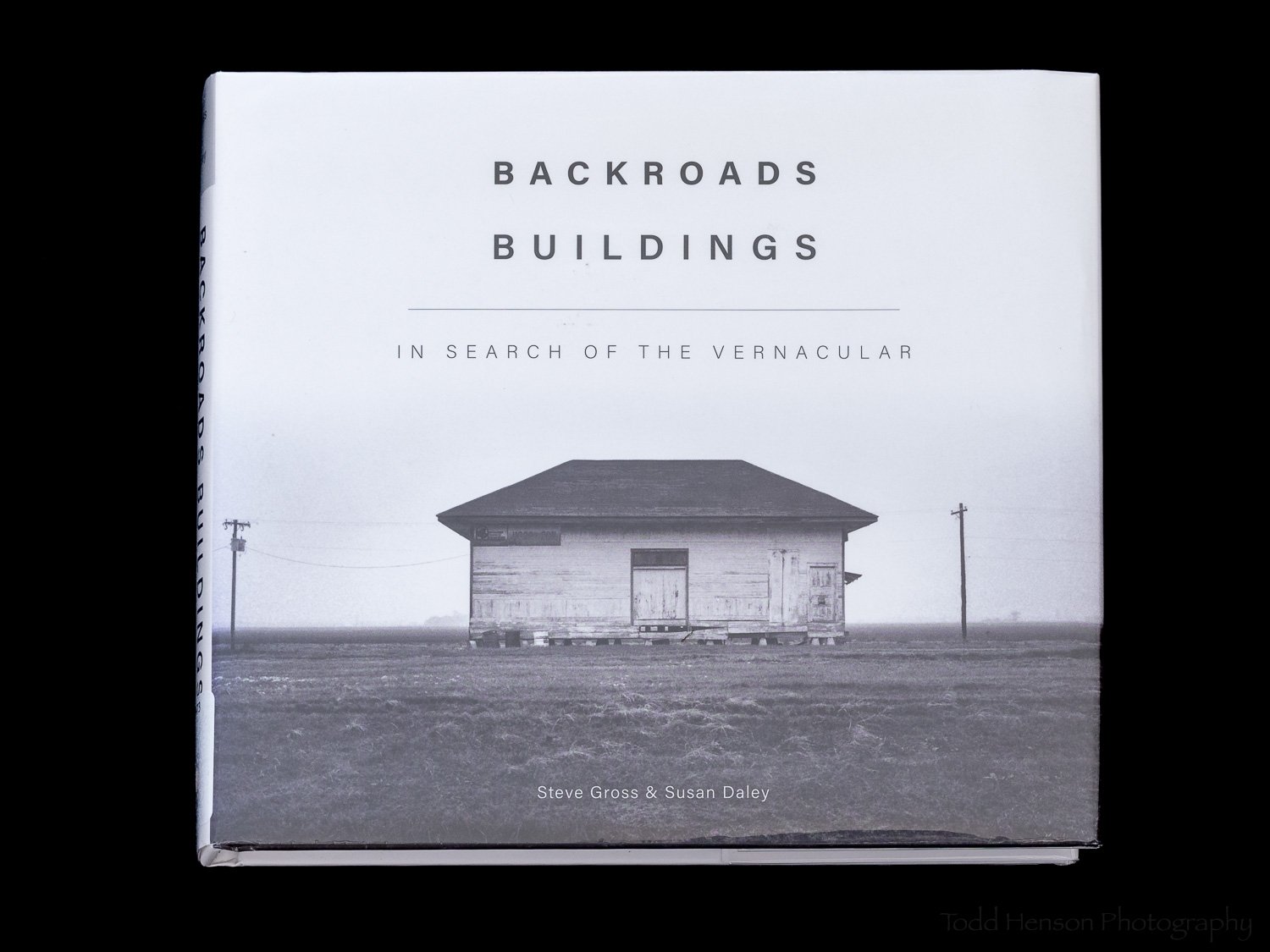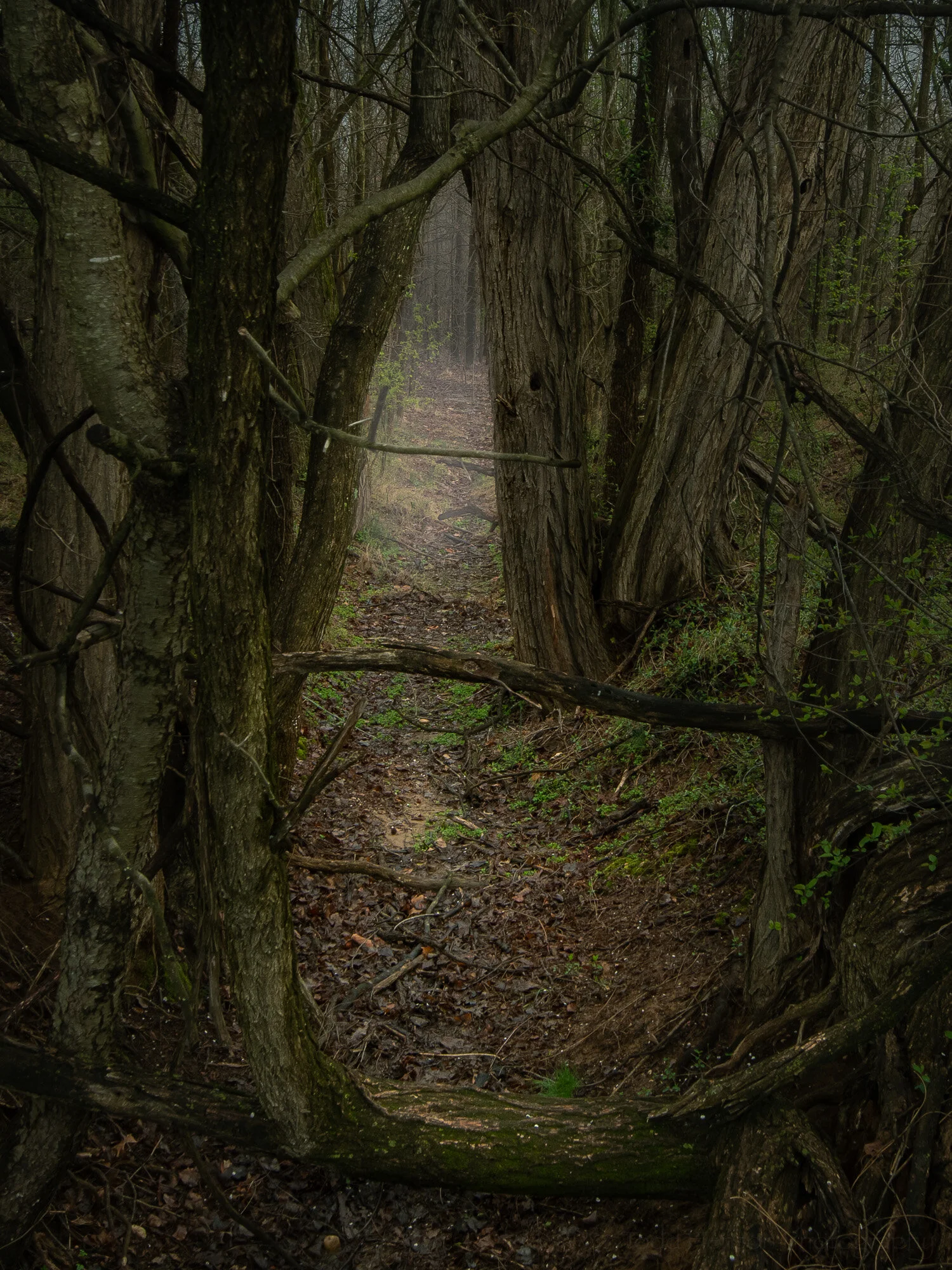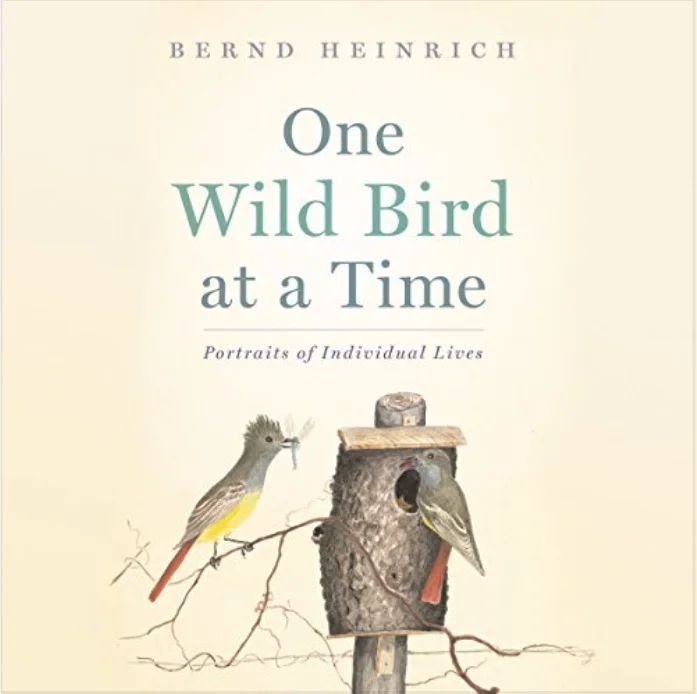Palm Warbler facing forward. Notice the coloration and patterns of its breast feathers, as well as the chestnut colored crown at the top of its head.
I was recently hiking through a local wildlife refuge with some fellow photographers looking for spring migrants, particularly warblers. One of the species that made a good showing that day were Palm Warblers. This was my first opportunity photographing this species, which we typically only see here in the Mid-Atlantic region during its migration to more northerly locales.
We found the Palm Warblers along a trail that separated a more forested area from an area of bushes and grassland. The warblers were in the trees, or at times flying back and forth between the trees and the fields. They really are an attractive species, especially with their spring breeding plumage, which includes a chestnut colored crown on the top of their head. This made it very easy to identify them.
A side view of a Palm Warbler
Palm Warbler tilting its head while posing on a tree branch
I very much hope for the opportunity to photograph Palm Warblers again.
Resources
The links below are affiliate links and I will be compensated if you make a purchase after clicking on my links. This is at no extra cost to you.
If you’d like to learn more about Palm Warblers, or any other warbler species, check out A Field Guide to Warblers of North America, one of the Peterson Field Guides. It’s over 650 pages, all devoted to warblers.
Or, if you’d like a more general field guide to birds look at the Peterson Field Guide to Birds of North America. This is my favorite birding field guide. Another great one is the Kaufman Field Guide to Birds of North America. See my Resources page for more info on the field guides I use.
Do you enjoy these posts?
Sign up to receive periodic emails with updates and thoughts. Don’t worry, I won’t spam you. And please consider purchasing artwork or products from my online store, and using my affiliate links in the sidebar to the right when shopping online.
I appreciate your support!





























